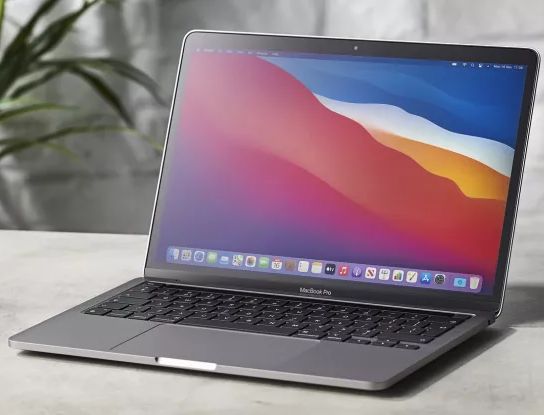

The Vega 20 is sometimes on par with the Quadro P3200, and sometimes it is only comparable to a Quadro P1000 or even P620. If we compare the scores for professional workloads, the performance depends heavily on the individual applications or sub tests, respectively. The Radeon Pro 5500M in the new Apple MacBook Pro 16 on the other hand is another 20-30% faster. The GPU performance is also stable under sustained workloads (see The Witcher 3 loop and 3DMark Time Spy stress test), so this is definitely a recommendable upgrade. There is a significant advantage over the default Radeon Pro 560X, because the Vega 20 is ~60% faster. The Vega 20 is about 15-20% faster than the smaller Vega 16 in the synthetic 3DMark benchmarks and roughly on par with the Nvidia GeForce GTX 1650. We have already shown that in the previous review. Just like the Vega 16, the Vega 20 also uses the newer GCN5 architecture compared to the other Radeon Pro GPUs (GCN4 architecture), which improves the efficiency. We are already familiar with the AMD Radeon Pro Vega 20 GPU from our review of the 2018 MacBook Pro 15, back then in combination with Intel's 6-core Core i9 CPU. The new MacBook Pro 16 with the "smaller" and less expensive Core i9-9880H is also almost 10% faster. We are still far away from the full performance of the 9980HK anyway our average score (from our own reviews) for this processor is 23% higher. Most private users should be more than happy with the default 6-core CPU, and the i9-9880H is the most sensible choice if you really want an 8-core chip. However, the advantage is small and the additional price for the HK processor is not really worth it. HK CPUs are most likely specifically selected chips that can handle the high clocks, so the processor should be a bit more efficient (slightly higher clock at the same TDP) compared to the recently reviewed MBP 15 with the Core i9-9880H, for example. After that, the consumption levels off at around 57 Watts for a short time and then drops to ~52 Watts. Our observations are basically identical to the other versions of the MacBook Pro 15: We can see a power consumption of up to 100 Watts when the load starts, but this obviously results in high chip temperatures very quickly.


 0 kommentar(er)
0 kommentar(er)
